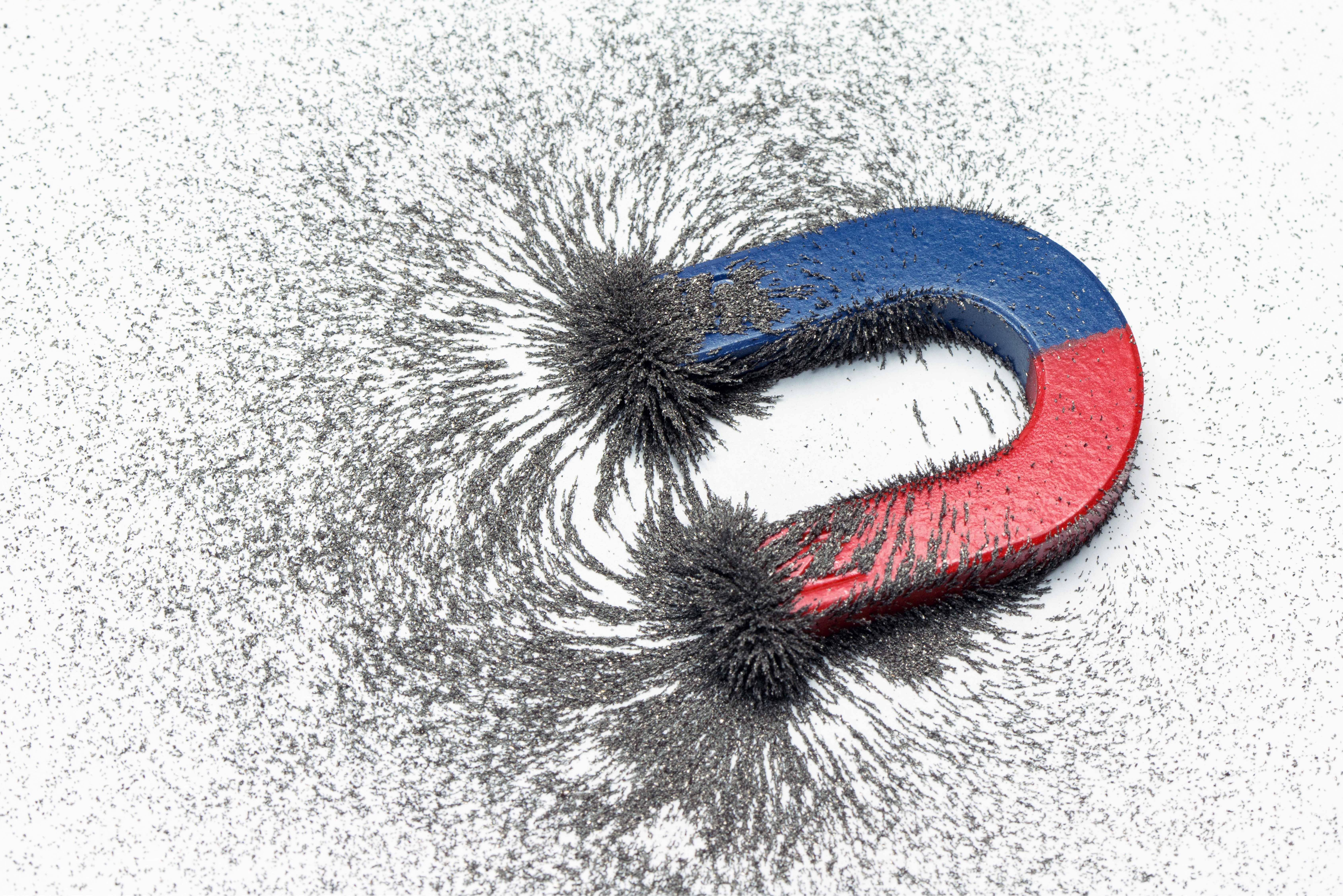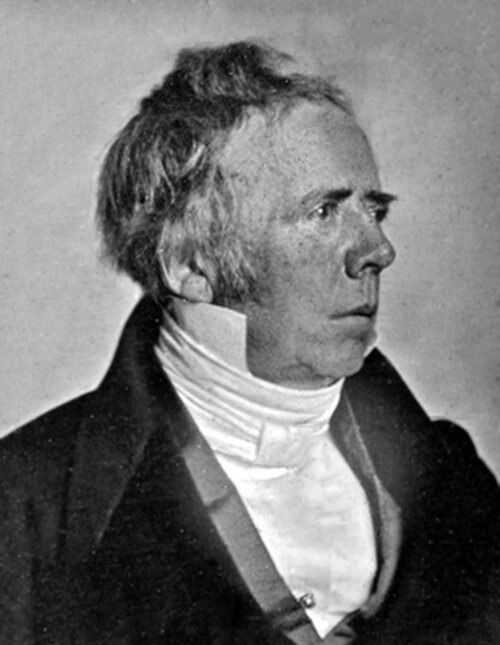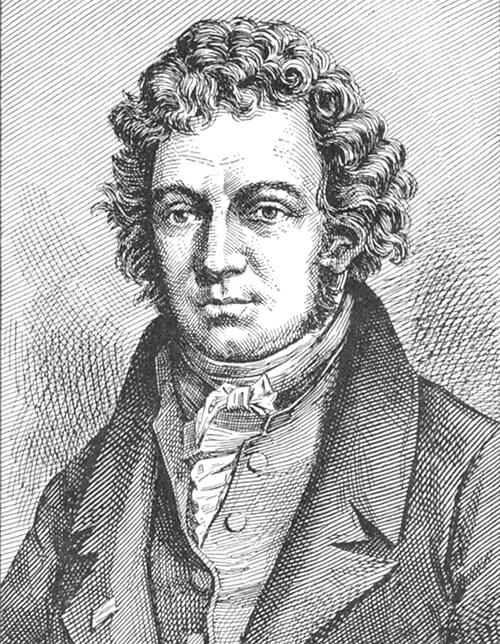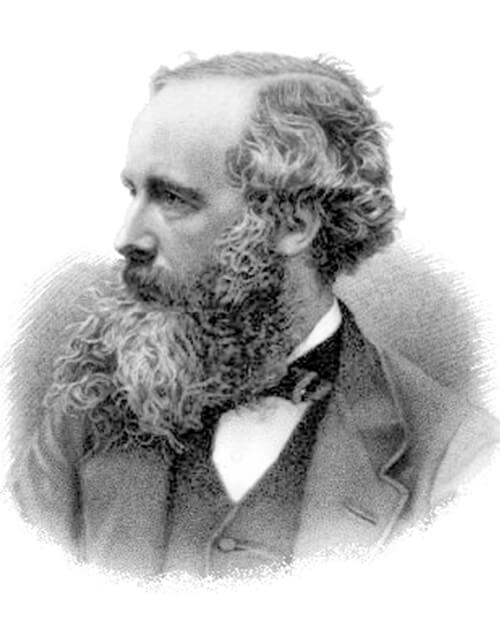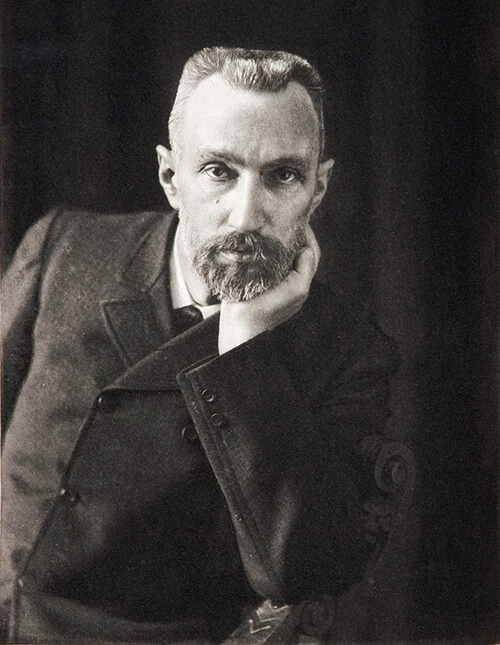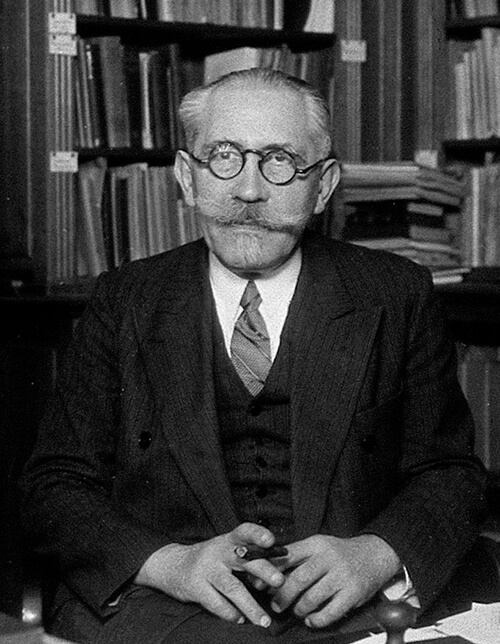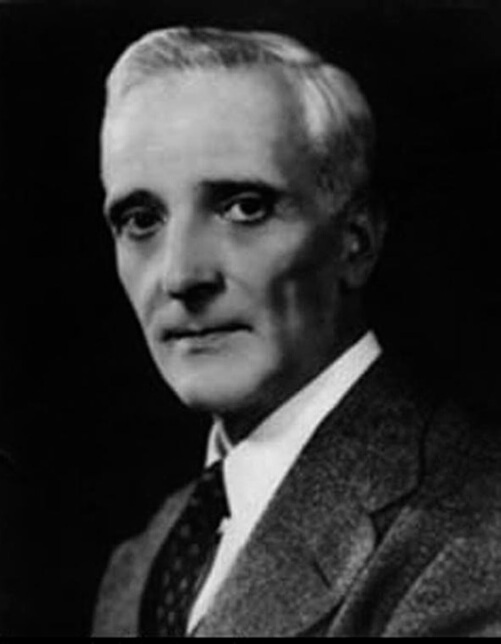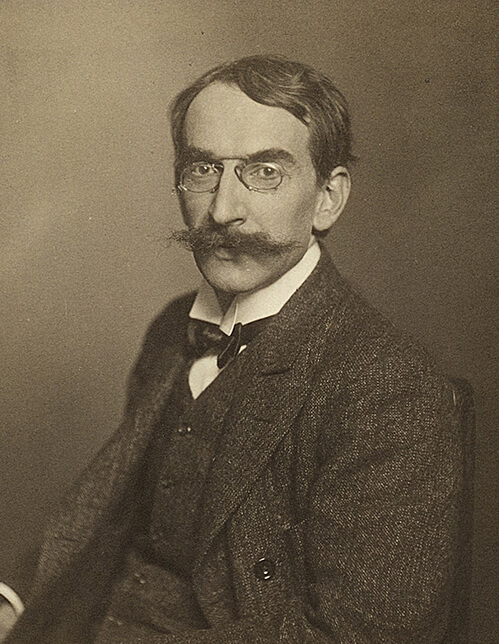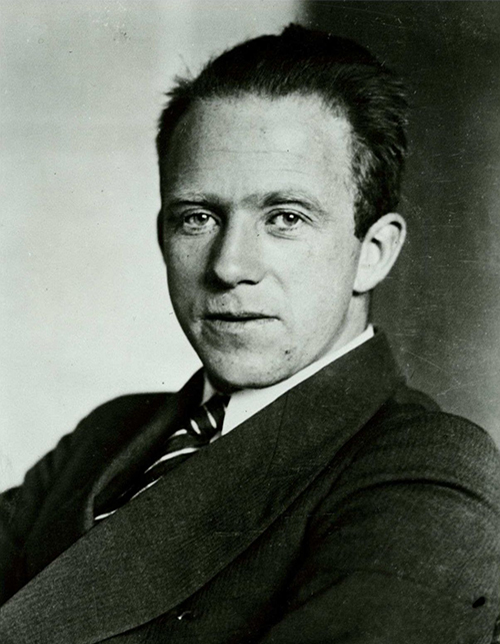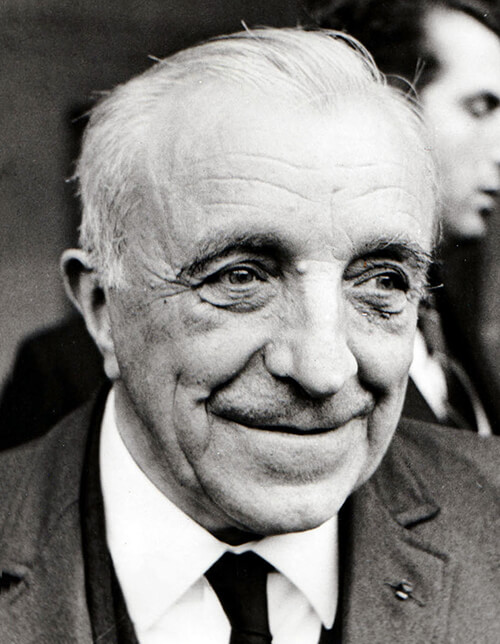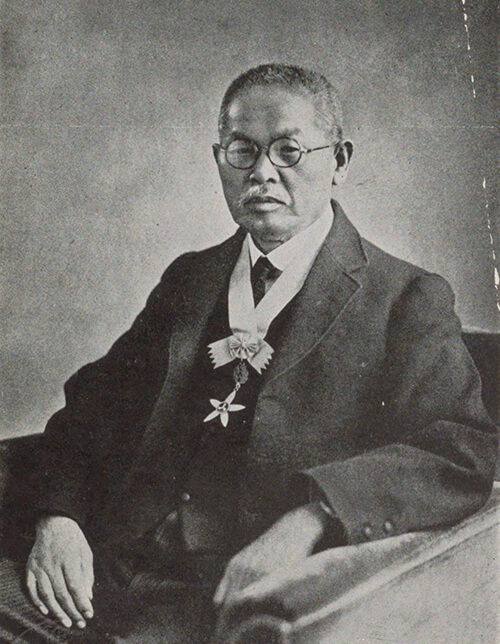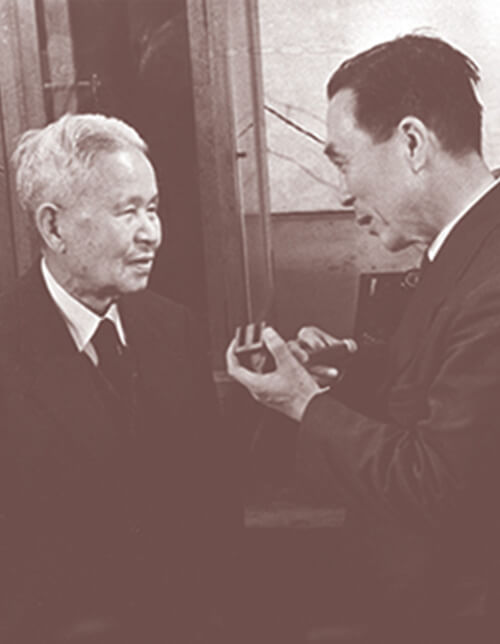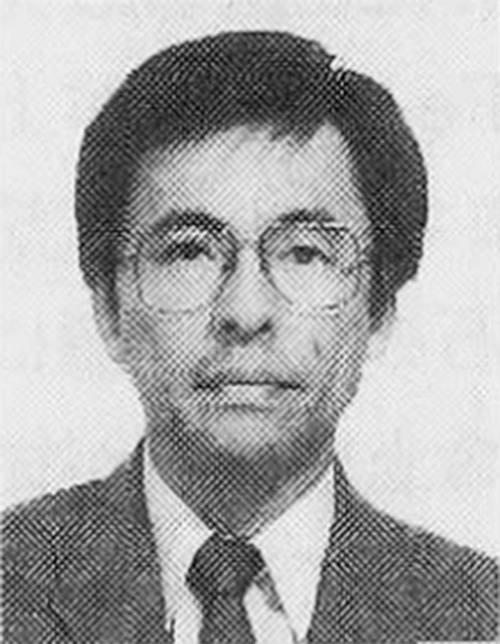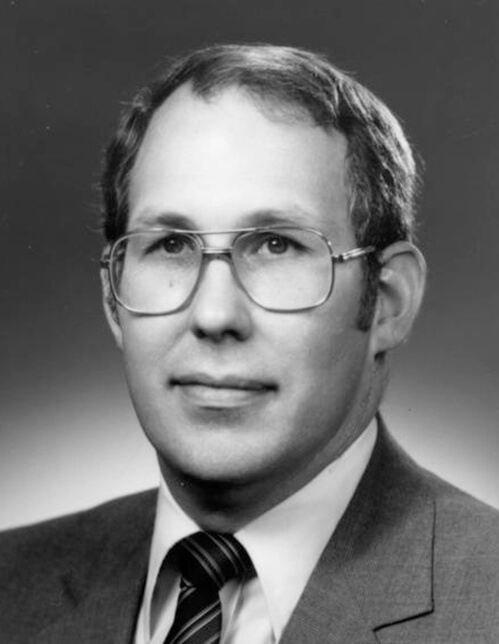Since the 19th century, the theory of magnetism has advanced rapidly, with new magnetic materials being continually discovered. As essential functional materials, they have been widely applied across diverse fields. It can be argued that modern sectors like the power industry, industrial automation, and information technology could not exist without magnetic materials. Permanent magnets, soft magnetic materials, and magnetic recording materials are recognized as the three main categories of magnetic materials. Along with magnetic refrigeration materials, magnetostrictive materials, magnetic absorbing materials, and emerging spin-electronic materials, they comprise the vast family of magnetic materials. Permanent magnetic materials, also known as hard magnetic materials, are the earliest type of magnetic material employed in human history.
Unlike many other fields, magnetism transitioned from practical technology to scientific understanding. The Chinese crafted compasses from lodestone as far back as 300 BC. Yet, while humans have long harnessed the magnetic properties of substances, it was only in the 19th century that the comprehension of magnetism elevated to a theoretical plane, spurring its swift progress.
1820: Danish physicist Hans Christian Ørsted discovered the magnetic effect of electric current, becoming the first to demonstrate the relationship between electricity and magnetism.
1820: French physicist André-Marie Ampère demonstrated that a current-carrying coil can generate a magnetic field and elucidated the interaction forces between current-carrying conductors.
1824: British engineer William Sturgeon invented the electromagnet.
1831: British scientist Michael Faraday discovered electromagnetic induction, revealing the inherent connection between electricity and magnetism and laying the theoretical foundation for the application of electromagnetic technology.
1860s: Scottish scientist James Clerk Maxwell established the unified electromagnetic field theory and formulated Maxwell’s equations. From that point onward, human understanding of magnetic phenomena truly began to advance rapidly.

